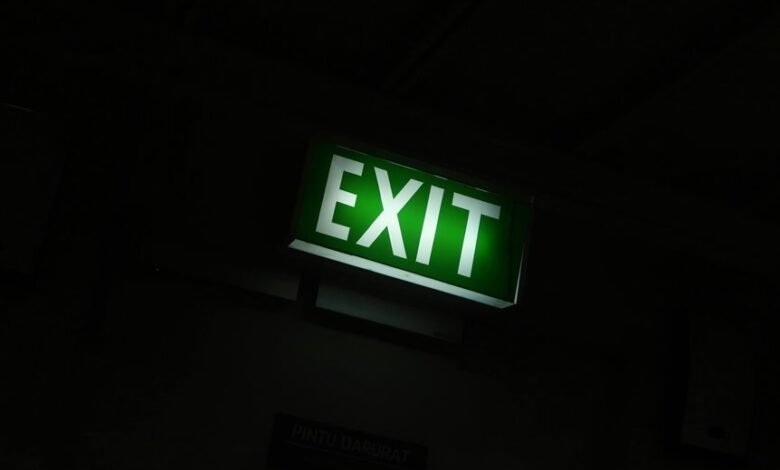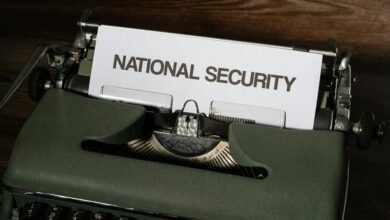Signal Compliance and Verification Unit 7072713804 8053877471 7022082411 3093267642 9192751394 6147296074

Imagine a world where communication systems operate seamlessly, yet hidden complexities lurk beneath the surface. The Signal Compliance and Verification Unit plays a pivotal role in navigating these complexities, ensuring that regulations are met and integrity is maintained. As you explore their functions and the obstacles they face, consider how these factors influence not just businesses, but the trust of consumers in an increasingly digital landscape. What implications does this hold for future innovations?
Overview of the Signal Compliance and Verification Unit
The Signal Compliance and Verification Unit plays a crucial role in ensuring that communication systems adhere to regulatory standards and operational protocols.
By enforcing signal standards and compliance guidelines, this unit safeguards the integrity of communication channels.
You’ll find that their meticulous approach not only fosters transparency but also promotes innovation, ensuring that systems remain compliant while encouraging the freedom of technological advancement.
Key Functions and Responsibilities
While navigating the complexities of communication regulations, you’ll find that the Signal Compliance and Verification Unit has several key functions and responsibilities that are essential for maintaining compliance and operational efficiency.
It ensures adherence to regulatory standards, conducts compliance audits, and facilitates accurate reporting.
Challenges Faced in Compliance and Verification
Navigating the landscape of compliance and verification presents numerous challenges that can impede an organization’s ability to meet regulatory standards.
You’ll encounter regulatory obstacles and procedural inefficiencies that complicate processes.
Technological limitations can hinder data accuracy, while resource constraints make effective stakeholder engagement difficult.
Addressing these issues is essential to streamline compliance efforts and ensure adherence to evolving regulations.
The Impact on Businesses and Consumers
As organizations grapple with compliance and verification challenges, both businesses and consumers feel the repercussions.
Lack of business transparency erodes consumer trust, which can lead to decreased sales and loyalty. Consumers demand accountability, and when businesses falter, they risk losing their competitive edge.
Ultimately, fostering a culture of compliance not only strengthens consumer relationships but also enhances overall market stability.
Conclusion
In the intricate dance of regulation and technology, the Signal Compliance and Verification Unit stands as a vigilant guardian, ensuring that communication systems not only meet standards but also foster trust. Yet, as regulatory mazes and technological hurdles loom like storm clouds, the unit must navigate these challenges with agility. By championing compliance, it shapes a landscape where businesses flourish, and consumers find solace in secure communication, turning uncertainty into a beacon of reliability in an ever-evolving market.




